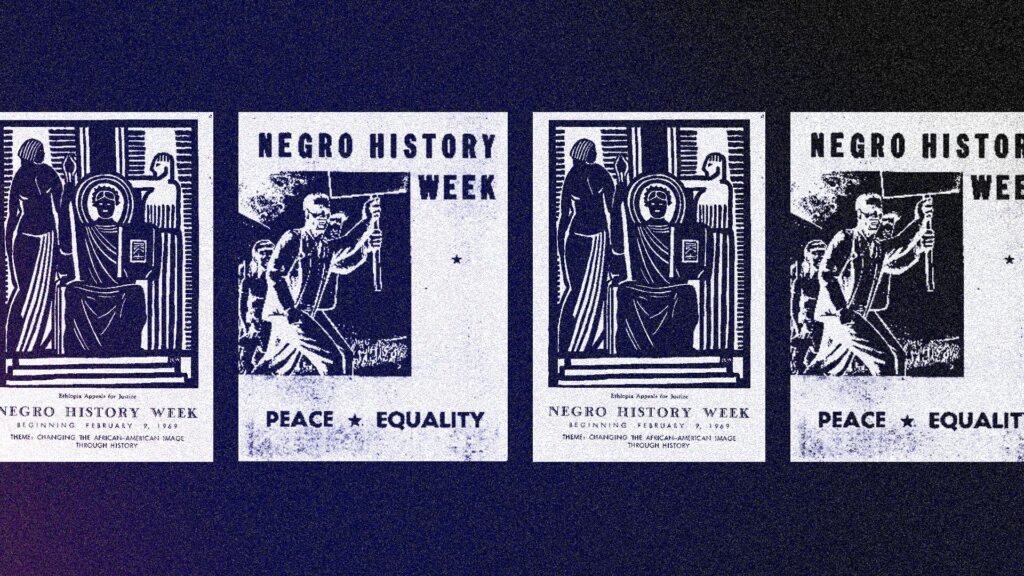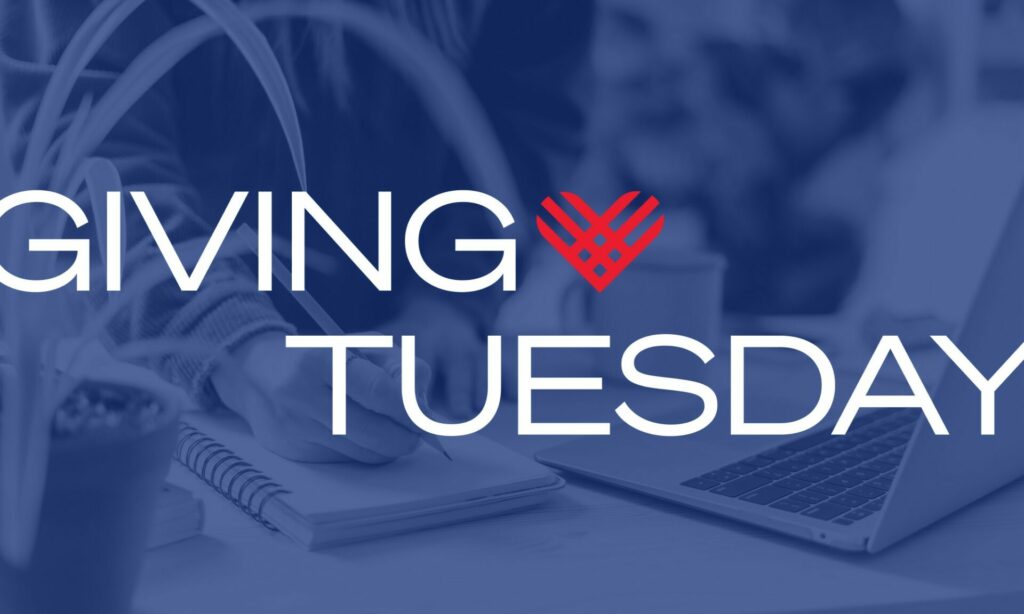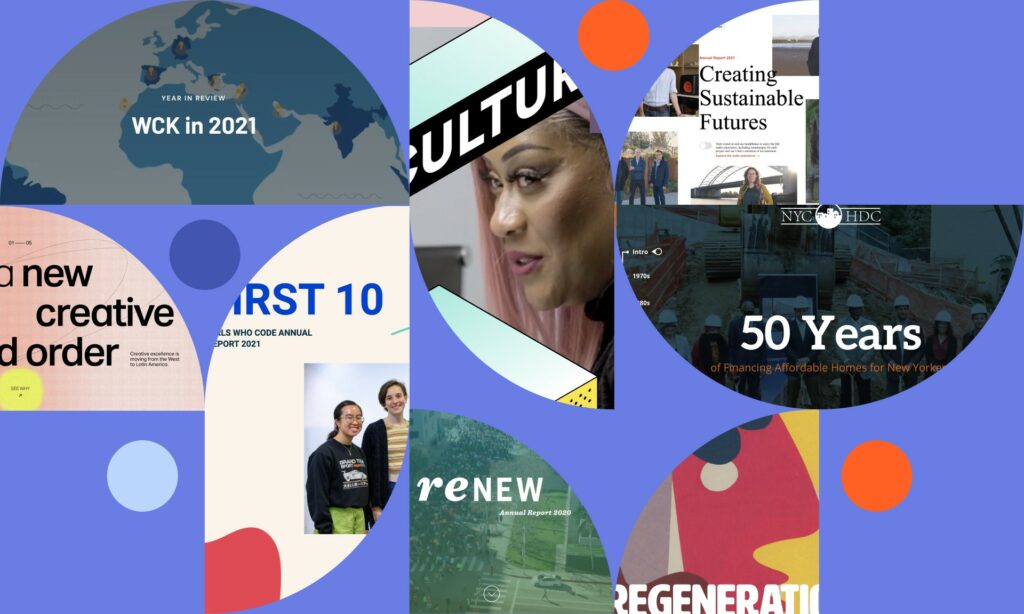
If the idea of writing copy for your organization’s website makes you want to run away and hide, we get it. Copywriting can feel overwhelming and stressful, but it doesn’t have to be.
In this three-part series, we will be sharing tips and tricks to help you make copywriting a streamlined and digestible task. In this post, we’ll explore some basics you’ll want to consider, as well as how to best plan and approach the task of copywriting.
What is voice?
Voice is the unique expression of your brand through words. Your voice should encompass:
- Personality: If your organization were a person, how would you like them to be perceived? Are you playful, fun, and cheeky? Or authoritative, straightforward, and professional?
- >Rhythm and pace: Consider how the copy you’re writing will be read by your audience. No one is captivated by long-winded, monotone speakers, and reading website copy will be no different. What energy are you trying to evoke through your words? Short and sharp? Musical and flowery? Clean and to-the-point?
- Vocabulary: Much like a book written for astrophysicists will contain vastly different vocabulary than one written for art historians, you need to consider your audience when choosing the vocabulary you use in your web copy. You know your audience best, use vocabulary that they will understand and relate to.
What is tone?
Tone is how your brand uses your voice in different situations. It can make all the difference between good writing and bad writing. When you separate tone from voice, it allows you to adjust based on the subject matter and circumstances.
For example, you might identify multiple audiences within your site. This means that the copy for each page should appeal with its target audience: You might speak to potential investors differently than you would to educators or families for example. In these cases, you want your voice and personality to stay consistent, but have distinct tones to attract and engage your reader-in-context.
Tone will also vary depending on the type of post you’re publishing; a blog post might sound more friendly and informal, while white papers tend to have an authoritative and professional tone.
What is style?
When we talk about style, we’re narrowing in on what your writing looks like, and how to keep that consistent throughout your site. Here is where you decide when and how to use capitals, how to spell or punctuate certain words, and the proper and consistent application of typographic styles such as headings, subheadings, etc.
Some questions you can ask yourself to define your style include:
- Do you believe in using the Oxford comma?
- How do you format dates, phone numbers, e-mail addresses?
How do they all work together?
Voice, tone, and style work together to create a multidimensional expression of your brand that shines through your copywriting. While tone and style can change within your brand voice, depending on subject matter and medium, your voice will remain consistent throughout. The same way you as a person will maintain your overall personality, but shift slightly depending on the situation you find yourself in (i.e., an informal dinner party vs. a job interview).
Where do you start?
All of this should be determined before you begin copywriting. It’s always a good idea to start with clear messaging guidelines, as they will ensure the consistent application of voice, tone, and style throughout your copy. Having a set of clear guidelines will eliminate fear and confusion around the copywriting process, and help you create streamlined and cohesive copy for your site. If you need to create guidelines from scratch, start here:
- Voice: Give a set of simple, memorable statements that encompass your brand voice. These statements should cover the qualities of your voice, the adjectives you’d use to describe it, its rhythm, and a list of things that it isn’t.
- Tone: Show people how to use that voice with different tones. Explain the kind of tones that people should use in different scenarios and provide examples. It’s good to talk about user empathy at this point too, and reference any personas you have.
- Style: An A-Z guide including but not limited to: abbreviations and acronyms, apostrophes, bold, brackets, bullet point, capitalization, colons, commas, contractions, dates, full stops, headings, hyphenation, linking, numbers and figures, quotations, spelling, titles.
Stay tuned next week for the second post in this series, in which we discuss how to create a strong team to push this process forward. If you have any questions or concerns, please contact us.














